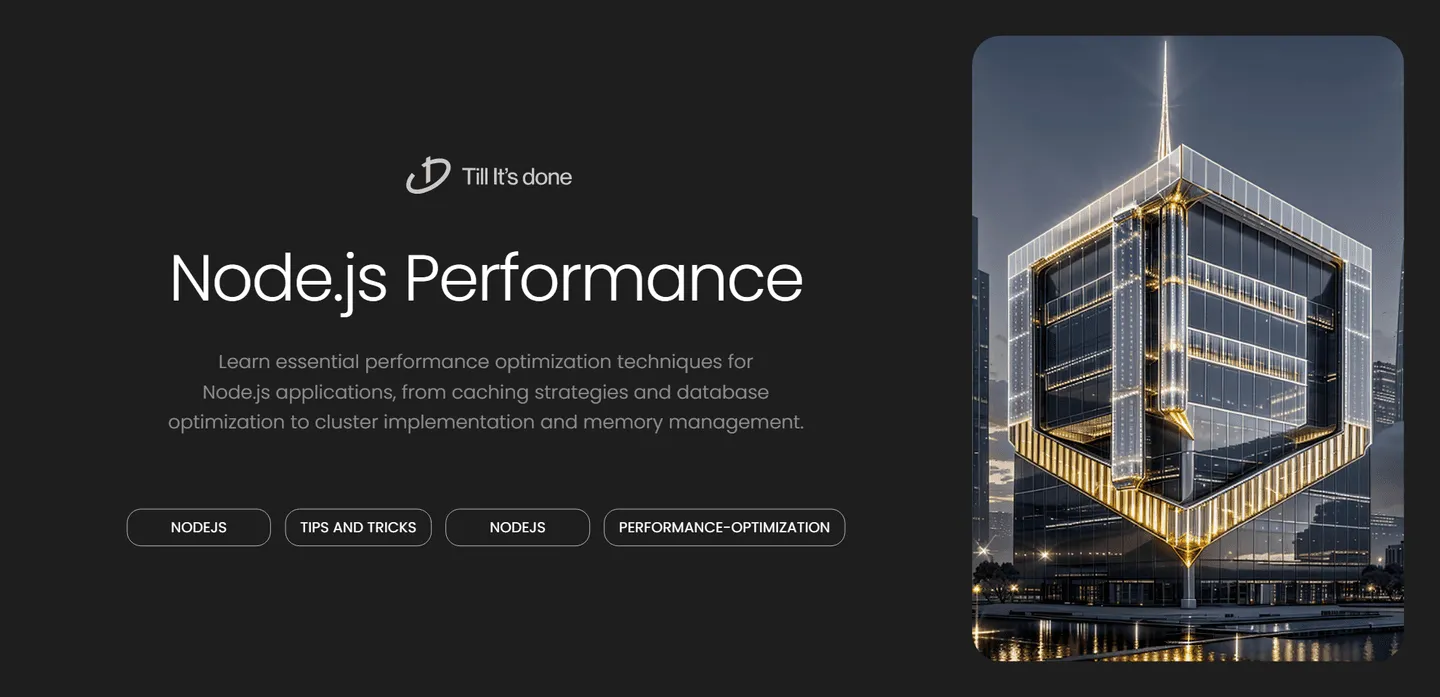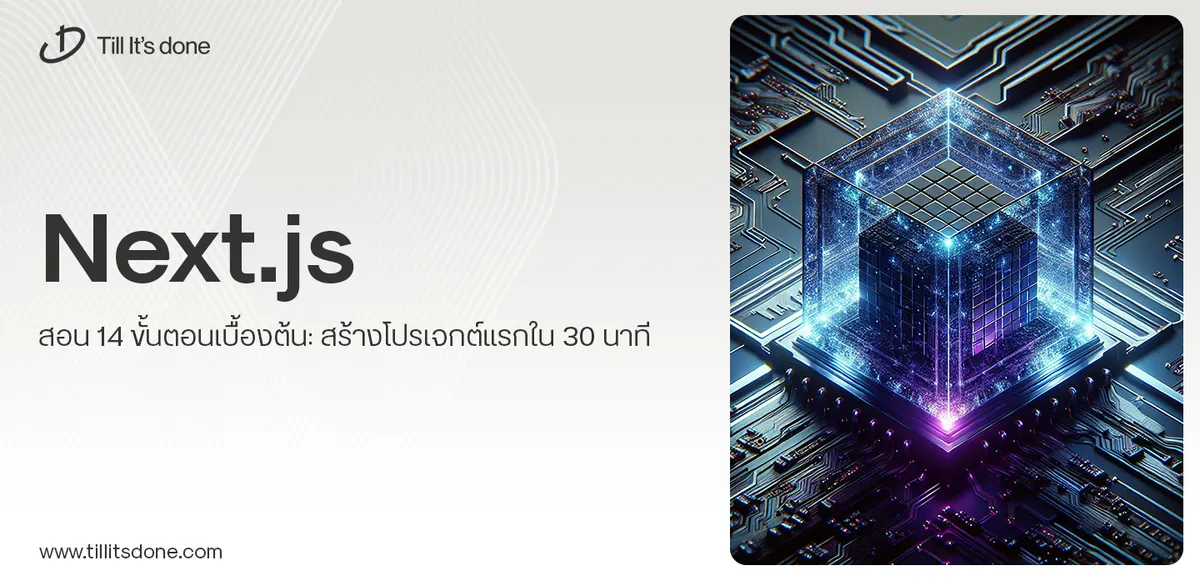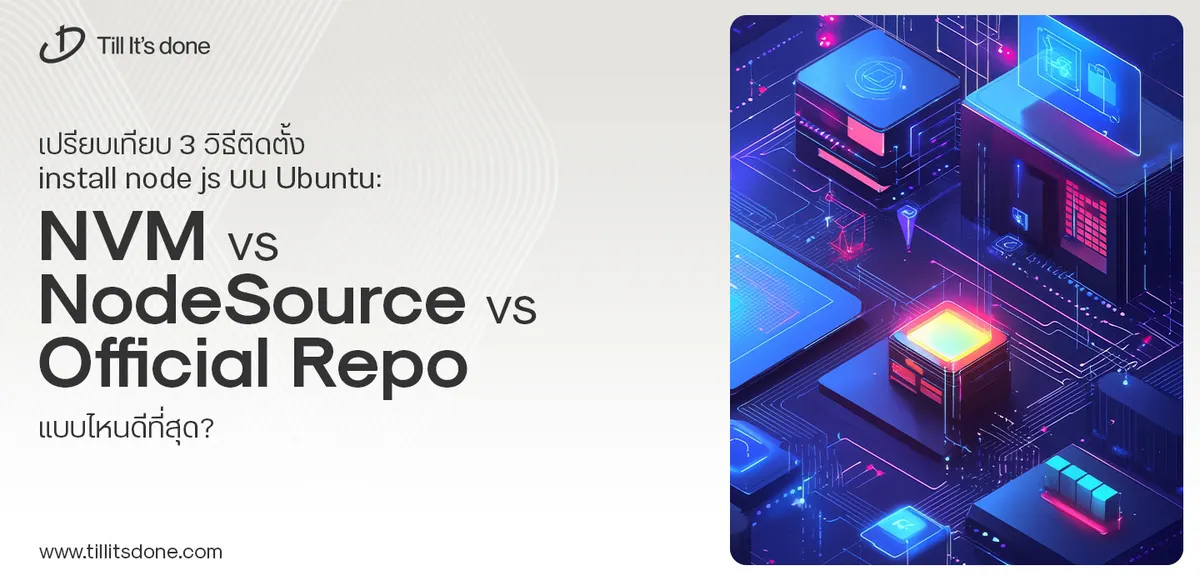- Services
- Case Studies
- Technologies
- NextJs development
- Flutter development
- NodeJs development
- ReactJs development
- About
- Contact
- Tools
- Blogs
- FAQ
10 Performance Optimization Tips for Node.js Apps

10 Performance Optimization Tips for Node.js Applications

Performance optimization is crucial for building scalable Node.js applications. Here are ten battle-tested tips to supercharge your Node.js apps and deliver a blazing-fast experience to your users.
1. Implement Caching Strategies
Caching is your first line of defense against performance bottlenecks. Utilize memory caching solutions like Redis or Node-Cache to store frequently accessed data. This reduces database load and speeds up response times significantly.
const NodeCache = require('node-cache');const cache = new NodeCache({ stdTTL: 600 });
async function fetchUserData(userId) { const cachedData = cache.get(userId); if (cachedData) return cachedData;
const userData = await database.fetch(userId); cache.set(userId, userData); return userData;}
2. Use Compression Middleware
Enable compression for your HTTP responses to reduce payload size and improve loading times:
const compression = require('compression');app.use(compression());3. Optimize Your Database Queries
Write efficient database queries and implement indexing strategies. Use database connection pooling to manage connections effectively:
const pool = mysql.createPool({ connectionLimit: 10, host: 'localhost', user: 'user', password: 'password', database: 'myapp'});4. Leverage Cluster Module
Utilize all available CPU cores using the cluster module to handle more requests simultaneously:
const cluster = require('cluster');const numCPUs = require('os').cpus().length;
if (cluster.isMaster) { for (let i = 0; i < numCPUs; i++) { cluster.fork(); }} else { // Your server code}5. Implement Proper Error Handling
Use try-catch blocks and Promise error handling to prevent memory leaks and application crashes:
process.on('uncaughtException', (error) => { console.error('Uncaught Exception:', error); // Implement proper error logging});
6. Use Asynchronous Operations Wisely
Leverage async/await and avoid blocking operations. Use Promise.all() for parallel operations:
async function fetchMultipleUsers(userIds) { const promises = userIds.map(id => fetchUser(id)); return Promise.all(promises);}7. Implement Rate Limiting
Protect your application from abuse and maintain performance under heavy load:
const rateLimit = require('express-rate-limit');
app.use(rateLimit({ windowMs: 15 * 60 * 1000, max: 100}));8. Optimize Static Assets
Use middleware like serve-static with proper cache headers and consider using a CDN for static content delivery.
9. Monitor Memory Usage
Implement memory monitoring and garbage collection optimization:
const used = process.memoryUsage();console.log(`Memory usage: ${Math.round(used.heapUsed / 1024 / 1024 * 100) / 100} MB`);10. Use Production Mode
Always run your application in production mode to enable optimizations:
if (process.env.NODE_ENV !== 'production') { console.log('Remember to set NODE_ENV to production');}Remember, performance optimization is an ongoing process. Regularly monitor your application’s performance metrics and adjust these optimizations based on your specific use case.

 สร้างเว็บไซต์ 1 เว็บ ต้องใช้งบเท่าไหร่? เจาะลึกทุกองค์ประกอบ website development cost อยากสร้างเว็บไซต์แต่ไม่มั่นใจในเรื่องของงบประมาณ อ่านสรุปเจาะลึกตั้งแต่ดีไซน์, ฟังก์ชัน และการดูแล พร้อมตัวอย่างงบจริงจาก Till it’s done ที่แผนชัด งบไม่บานปลายแน่นอน
สร้างเว็บไซต์ 1 เว็บ ต้องใช้งบเท่าไหร่? เจาะลึกทุกองค์ประกอบ website development cost อยากสร้างเว็บไซต์แต่ไม่มั่นใจในเรื่องของงบประมาณ อ่านสรุปเจาะลึกตั้งแต่ดีไซน์, ฟังก์ชัน และการดูแล พร้อมตัวอย่างงบจริงจาก Till it’s done ที่แผนชัด งบไม่บานปลายแน่นอน  Next.js สอน 14 ขั้นตอนเบื้องต้น: สร้างโปรเจกต์แรกใน 30 นาที เริ่มต้นกับ Next.js ใน 14 ขั้นตอนเพียงแค่ 30 นาที พร้อม SSR/SSG และ API Routes ด้วยตัวอย่างโค้ดง่าย ๆ อ่านต่อเพื่อสร้างโปรเจ็กต์แรกได้ทันทีที่นี่
Next.js สอน 14 ขั้นตอนเบื้องต้น: สร้างโปรเจกต์แรกใน 30 นาที เริ่มต้นกับ Next.js ใน 14 ขั้นตอนเพียงแค่ 30 นาที พร้อม SSR/SSG และ API Routes ด้วยตัวอย่างโค้ดง่าย ๆ อ่านต่อเพื่อสร้างโปรเจ็กต์แรกได้ทันทีที่นี่  วิธีสมัคร Apple Developer Account เพื่อนำแอปขึ้น App Store ทีละขั้นตอน อยากปล่อยแอปบน App Store ระดับโลก มาอ่านคู่มือสมัคร Apple Developer Account พร้อมเคล็ดลับ TestFlight และวิธีอัปโหลดที่ง่ายในบทความเดียวนี้ได้เลย
วิธีสมัคร Apple Developer Account เพื่อนำแอปขึ้น App Store ทีละขั้นตอน อยากปล่อยแอปบน App Store ระดับโลก มาอ่านคู่มือสมัคร Apple Developer Account พร้อมเคล็ดลับ TestFlight และวิธีอัปโหลดที่ง่ายในบทความเดียวนี้ได้เลย  TypeScript Interface คืออะไร? อธิบายพร้อมวิธีใช้และข้อแตกต่างจาก Type เรียนรู้วิธีใช้ TypeScript Interface เพื่อสร้างโครงสร้างข้อมูลที่ปลอดภัยและเข้าใจง่าย พร้อมเปรียบเทียบข้อดีข้อแตกต่างกับ Type ที่คุณต้องรู้ ถูกรวมเอาไว้ในบทความนี้แล้ว
TypeScript Interface คืออะไร? อธิบายพร้อมวิธีใช้และข้อแตกต่างจาก Type เรียนรู้วิธีใช้ TypeScript Interface เพื่อสร้างโครงสร้างข้อมูลที่ปลอดภัยและเข้าใจง่าย พร้อมเปรียบเทียบข้อดีข้อแตกต่างกับ Type ที่คุณต้องรู้ ถูกรวมเอาไว้ในบทความนี้แล้ว  Material-UI (MUI) คืออะไร อยากสร้าง UI สวยงามและเป็นมืออาชีพในเวลาอันรวดเร็วใช่ไหม มาทำความรู้จักกับ Material-UI (MUI) ที่ช่วยให้คุณพัฒนาแอปพลิเคชันบน React ได้ง่ายและดูดีในทุกอุปกรณ์
Material-UI (MUI) คืออะไร อยากสร้าง UI สวยงามและเป็นมืออาชีพในเวลาอันรวดเร็วใช่ไหม มาทำความรู้จักกับ Material-UI (MUI) ที่ช่วยให้คุณพัฒนาแอปพลิเคชันบน React ได้ง่ายและดูดีในทุกอุปกรณ์  เปรียบเทียบ 3 วิธีติดตั้ง install node js บน Ubuntu: NVM vs NodeSource vs Official Repo แบบไหนดีที่สุด? เรียนรู้วิธีติดตั้ง Node.js บน Ubuntu ด้วย NVM, NodeSource หรือ Official Repo เลือกวิธีที่เหมาะกับความต้องการของคุณ พร้อมเปรียบเทียบ เพื่อการพัฒนาที่มีประสิทธิภาพ!
เปรียบเทียบ 3 วิธีติดตั้ง install node js บน Ubuntu: NVM vs NodeSource vs Official Repo แบบไหนดีที่สุด? เรียนรู้วิธีติดตั้ง Node.js บน Ubuntu ด้วย NVM, NodeSource หรือ Official Repo เลือกวิธีที่เหมาะกับความต้องการของคุณ พร้อมเปรียบเทียบ เพื่อการพัฒนาที่มีประสิทธิภาพ! Talk with CEO
We'll be right here with you every step of the way.
We'll be here, prepared to commence this promising collaboration.
Whether you're curious about features, warranties, or shopping policies, we provide comprehensive answers to assist you.


